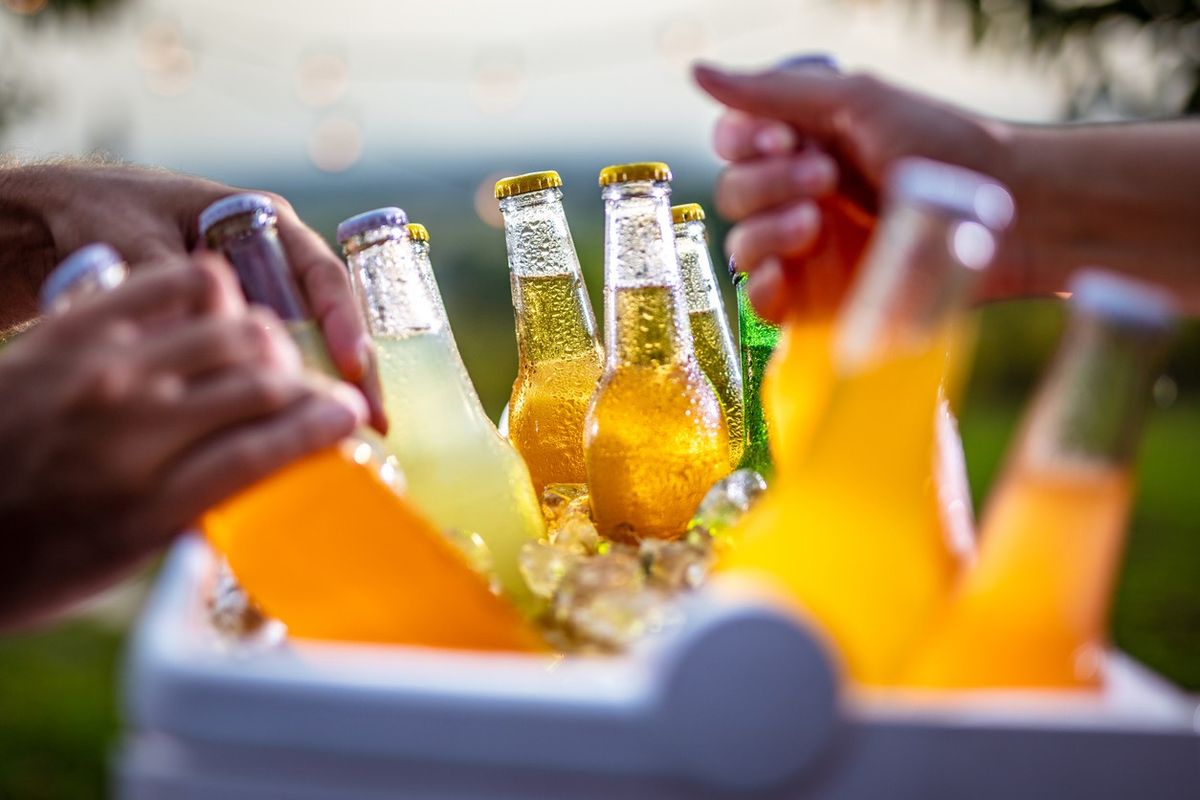Many categories within independent retail outlets are seasonal and drinks is no exception. When the sun begins to shine, stores experience a spike in sales of both alcohol and soft drinks, and a proliferation of NPD and brand innovation accompanies the uplifted consumer demand. Cold drinks will play a major part in the parties and barbecues which are part of the summer season – not to mention all the sporting occasions, festivals and vacation outings – stretching from May until at least August this summer.
Cider's summer surge
As temperatures rise and consumers seek refreshing alternatives to heavier beverages, cider emerges as the category poised to capture the essence of summer drinking. With its naturally refreshing profile and expanding flavour portfolio, cider represents a significant opportunity for convenience retailers to drive both footfall and basket value during the crucial summer trading period.
The category presents a nuanced picture of challenges and opportunities. While the overall UK cider market in the convenience channel has experienced an 11 per cent decline over the past year, recent data suggests a turnaround is underway, with the category showing improvement in the last quarter at -6.8 per cent [TWC]. However, this broad decline masks some remarkable success stories and emerging trends that savvy retailers can capitalise upon.
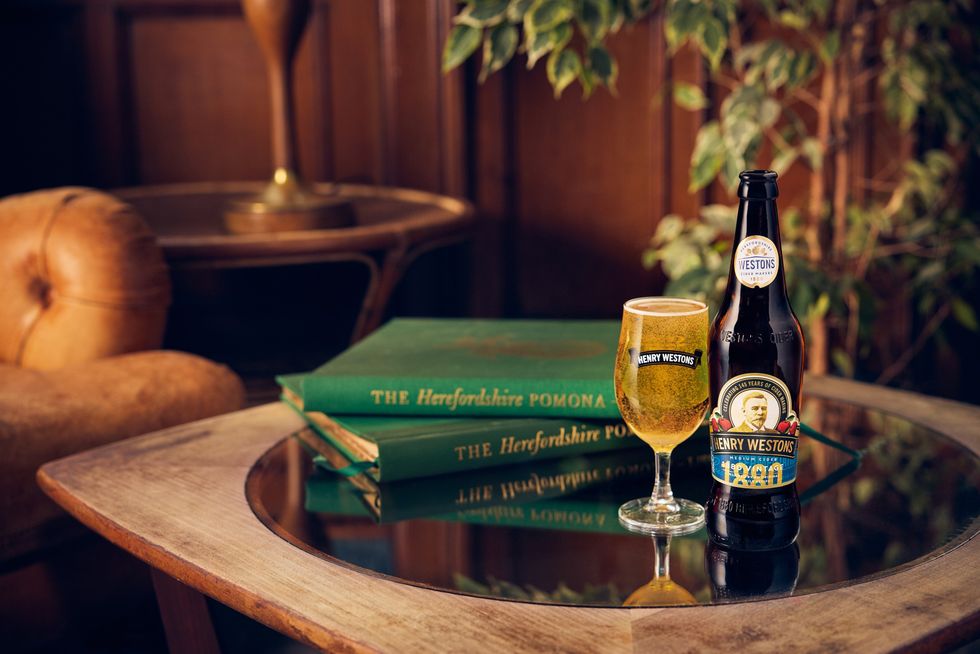
"While the total cider category has seen a slight decline of -1.5 per cent over the past year, the convenience channel is bucking the trend, up 0.7 per cent and now worth an impressive £581 million," explains Darryl Hinksman, Head of Business Development at Westons Cider. This resilience in convenience channels reflects the format's unique positioning for impulse purchases and last-minute summer occasion shopping.
The summer months represent cider's moment to shine, with seasonal dynamics creating distinct opportunities. Alexander Wilson, Category & Commercial Strategy Director at HEINEKEN UK, notes: "While the overall value of beer is greater than that of cider in the summer, it really is a time for cider to shine – with cider sales growing more than beer during those warmer months."
Research reinforces this seasonal strength, with 66 per cent of cider drinkers mainly consuming cider in the warmer months [Mintel]. This concentrated demand creates a compelling case for retailers to optimise their cider offerings during the peak summer period.
Trends in category evolution
The cider category is experiencing a fundamental shift towards premiumisation and flavour innovation. "The premiumisation trend is stronger than ever, driven by fewer brands, stronger premium offerings, and consumers prioritising quality over quantity," observes Hinksman. This trend is particularly pronounced in the convenience channel, where crafted cider is growing at an impressive 10.8 per cent, yet represents only 21 per cent of cider sales compared to 24 per cent in the total market, signalling clear growth potential [Circana].
The flavour revolution in cider continues to accelerate, with berry and exotic variants leading the charge. Berry-flavoured cider SKUs now account for 24.3 per cent of overall cider sales, encompassing both mainstream and premium options [Nielsen IQ]. This trend reflects changing consumer preferences, particularly among younger demographics and female consumers.
"Additionally, data shows 40 per cent of cider consumers are now on the lookout for something new to try with flavoured cider particularly popular among young adults and women," explains Natalie Marshall, Trade Marketing Manager at Aston Manor Cider. "In fact, female consumers are now more likely to choose fruit flavoured cider than traditional apple".
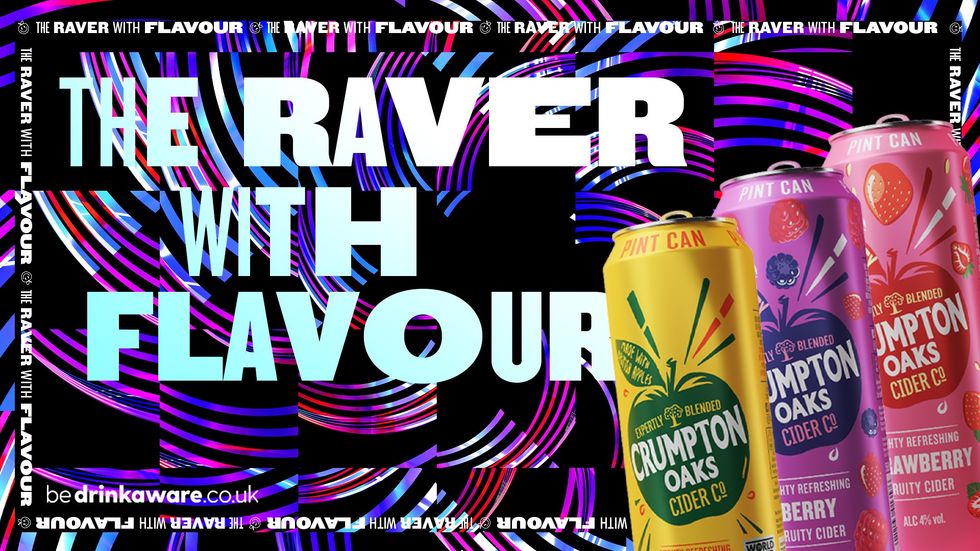
This demographic shift is creating new opportunities for retailers to expand their customer base. Berry flavours are increasing in popularity, with flavoured cider sales in the value sector growing by 11 per cent [Nielsen Cider Report]. Younger drinkers tend to prefer sweeter ciders, with 48 per cent of this group favouring flavoured options.
The no- and low-alcohol trend continues to gain momentum, presenting cider brands with opportunities to innovate and capture health-conscious consumers. The launch of Inch's 0.0, described as "the first de-alcoholised cider in the UK," represents a major advance for the category. Available in 4x440ml multipack cans, this product "adopts the same thirst-quenching flavour as the original, with a fresh apple aroma in the form of a lightly sparkling cider."
Mhairi Ross, Off Trade Beer & Cider Director at C&C Group, emphasises the importance of this trend: "The moderation trend is in continual growth and as a result we're seeing more brands expand into this category, giving consumers even greater choice. It is worth independents having options in this category."
Competitive strategies
Independent retailers possess unique advantages that can be leveraged to compete effectively against multiples during the summer period. The key lies in understanding and maximising these whilst addressing the specific needs of summer cider consumers.
"Having chilled drinks ready to 'grab and go' offers a huge advantage for local independent stores and a great way to maximise sales particularly during the summer months," notes Ross. This advantage becomes particularly pronounced during spontaneous purchase occasions when consumers seek immediate gratification.
The importance of temperature cannot be overstated. "Shoppers won't settle for lukewarm cider, so keeping ciders properly chilled is a simple but crucial step for independents to drive both value and volume sales," advises Hinksman.
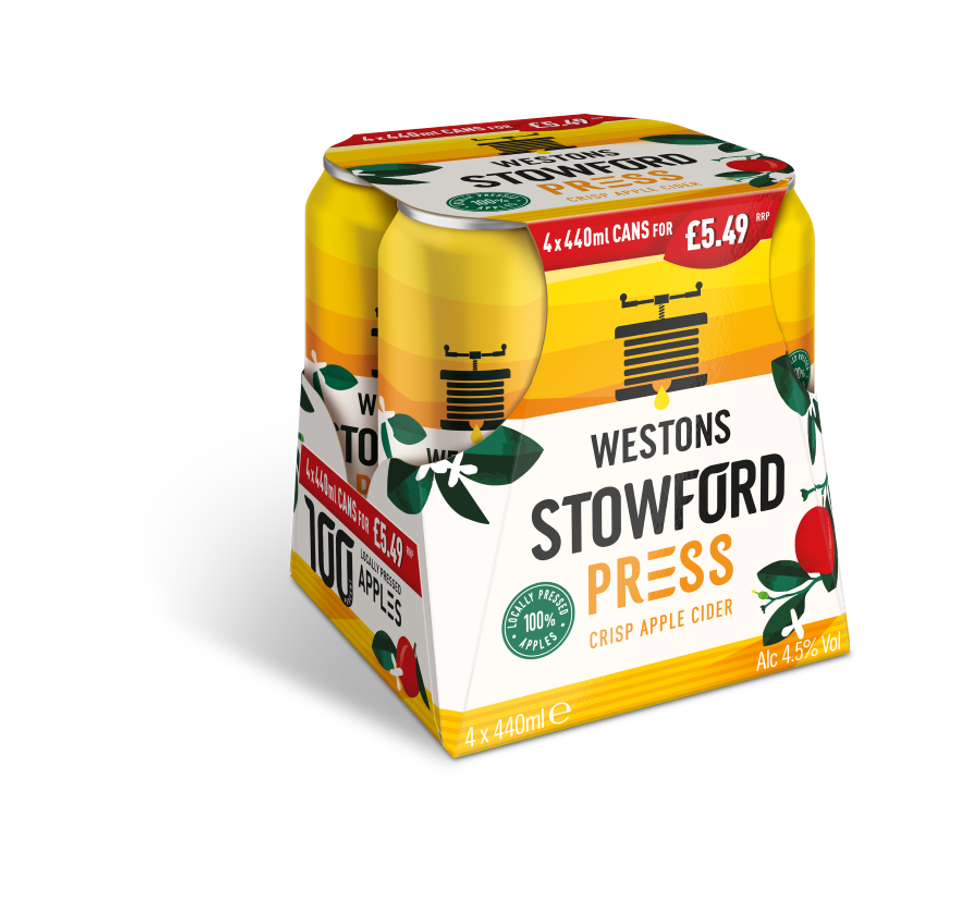
Given the constraints of limited fridge space, strategic product selection becomes crucial. "For many, fridge space will be limited so retailers should prioritise well-known popular brands that consumers will instantly recognise and reach for," recommends Ross. This approach ensures maximum return on valuable chiller space whilst meeting consumer expectations.
Understanding the optimal format mix is essential for maximising cider sales during summer. Research reveals that small packs between 2-8 units are the most popular beer and cider formats bought in the off-trade [Circana]. This preference aligns with convenience shopping patterns and summer socialising occasions.
Single-can options play a particularly important role, with research showing that a third of UK shoppers only ever buy cider in cans [Mintel]. This format preference is driven by portability and the growing trend of outdoor consumption during the summer months.
"Single packs are ideal for grab-and-go and summer festival moments, and small-sized multipacks are a popular, accessible choice for those who are looking to share with friends and walking to their local store," explains Wilson. This insight highlights the importance of catering to different occasion types within the summer drinking landscape.
However, larger formats also have their place. "As summer marks a time for entertaining, with BBQs, festivals and picnics - and with floor and fridge space at a premium - there is certainly a role for larger pack formats, such as our Stowford Press 10 Pack, up +100.8 per cent YOY in convenience," notes Hinksman.
Value-conscious behaviour
Economic pressures continue to influence consumer behaviour, creating opportunities for value-focused cider brands. "Across the country, household budgets remain tight so there's a growing trend of budget-conscious consumers switching from spirits to cider," observes Marshall.
This trend towards value-seeking behaviour requires retailers to offer products across different price points. "With consumer budgets tight, retailers should also offer consumers a wide range of products at various price points, to cater for different budgets and cost pressures," advises Marshall.
The success of value-focused brands demonstrates this opportunity. Crumpton Oaks continues to be "the number one value cider brand in the impulse channel" [Nielsen], while Knights Cider is "the number one alcohol brand driving volume growth in the convenience channel" [SmartView/TWC].
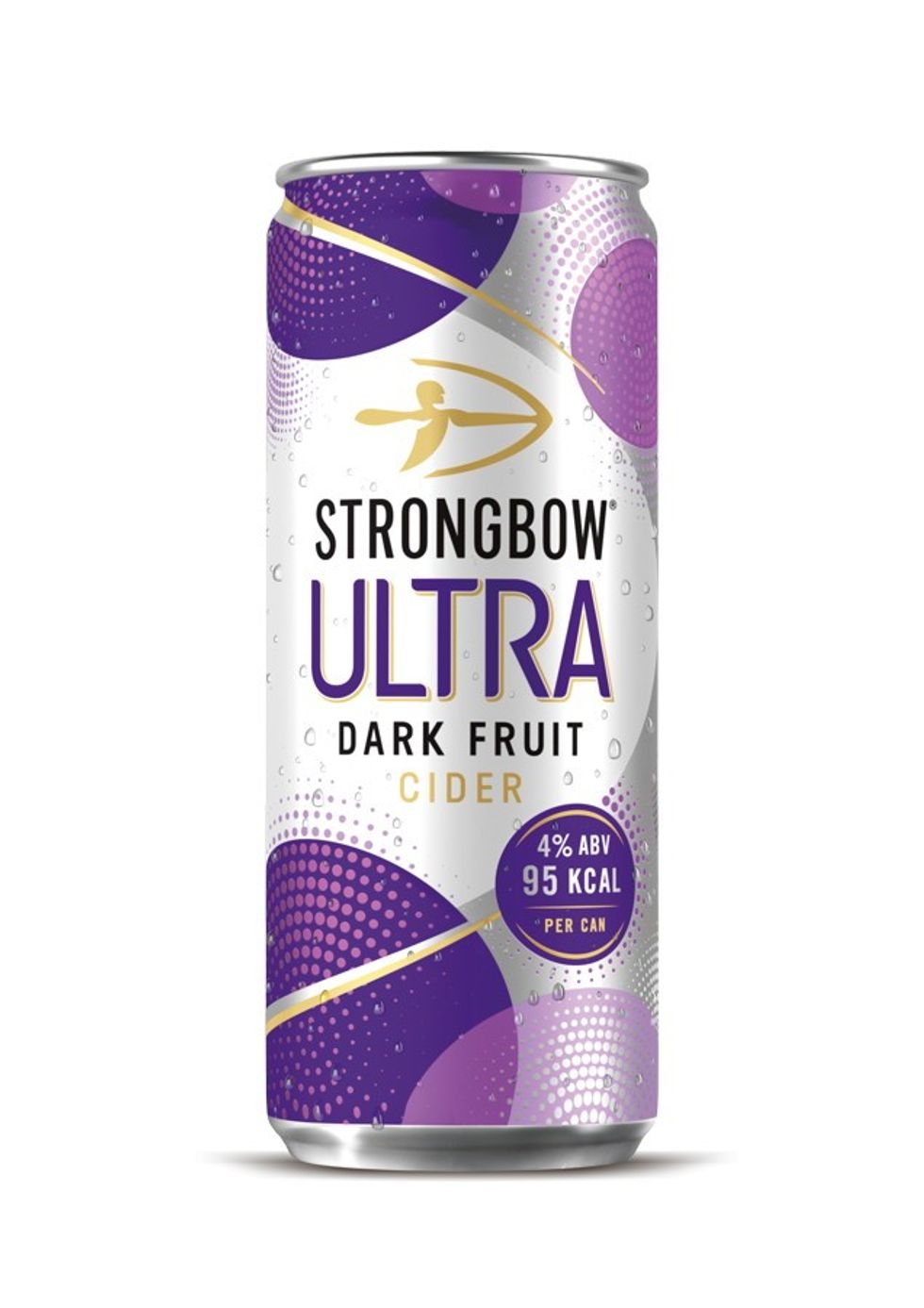
Several brands are demonstrating strong performance that retailers should consider for their summer ranging. The HEINEKEN UK portfolio shows particular strength in flavoured variants, with Strongbow Dark Fruit 10x440ml packs being "the bestselling flavoured cider within the impulse channel, followed by Strongbow Original 10x440ml and Strongbow Dark Fruit 4x568ml packs".
Innovation within established brands continues to drive category growth. Strongbow Strawberry, which initially launched in the off-trade in August 2024, quickly became "one of the bestselling SKUs in Strongbow's line-up, and attracting new, younger shoppers to the category" [Dunnhumby].
The launch of new flavour variants, such as Crumpton Oaks Berry and Crumpton Oaks Strawberry, demonstrates ongoing commitment to meeting changing consumer preferences. Both flavours are available for just £1.50 RRP per single pint can, maintaining accessibility whilst expanding choice.
The premium segment shows particular promise, with Henry Westons Vintage 500ml leading the charge as "the UK's number one cider SKU, with sales up +7.6 per cent YOY." This performance reinforces the premiumisation trend and the opportunity for retailers to trade consumers up to higher-margin products.
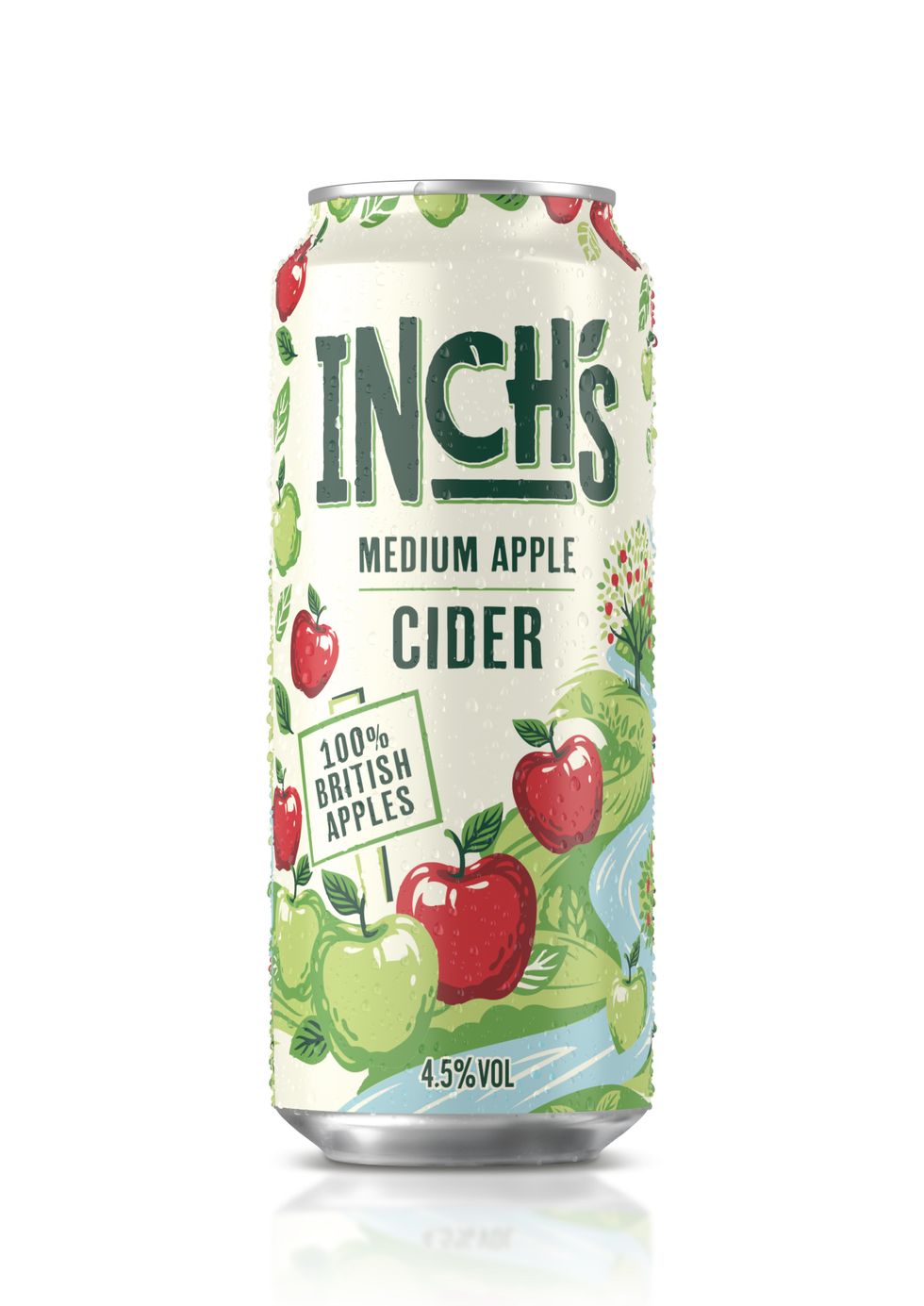
"Premiumisation is set to remain a key growth driver. Premium crafted ciders not only meet the demand for more meaningful drinking experiences but also offer stronger margins and higher basket value for retailers," notes Hinksman.
Brand investment continues to support category growth. Magners cider recently launched "a new consumer campaign Magnertism - the biggest investment into the brand in over a decade," with activity planned throughout summer months. Similarly, Westons is currently running "the biggest on-pack promotion" in its history across the Henry Westons range and Crumpton Oaks “Happy Applecore” campaign is set to dominate consumer advertising over the next three months with a mix of digital, social media, and in-store activations to drive awareness and sales.
Maximum merchandising
Effective merchandising becomes crucial during the peak summer period when consumer interest is heightened. "Summer marks a time of entertaining, so positioning bestsellers at eye level and pairing them with complementary products, such as chilled BBQ produce or bagged snacks, is a simple yet effective way to encourage trade-up and impulse purchases," advises Hinksman.
Cross-merchandising opportunities extend beyond traditional pairings. "Pairing canned cider with summer food such as BBQ items during the summer months can also help drive incremental sales by appealing to those preparing for outdoor gatherings," suggests Marshall. This approach not only boosts sales but also creates opportunities to introduce shoppers to complementary products within the store.
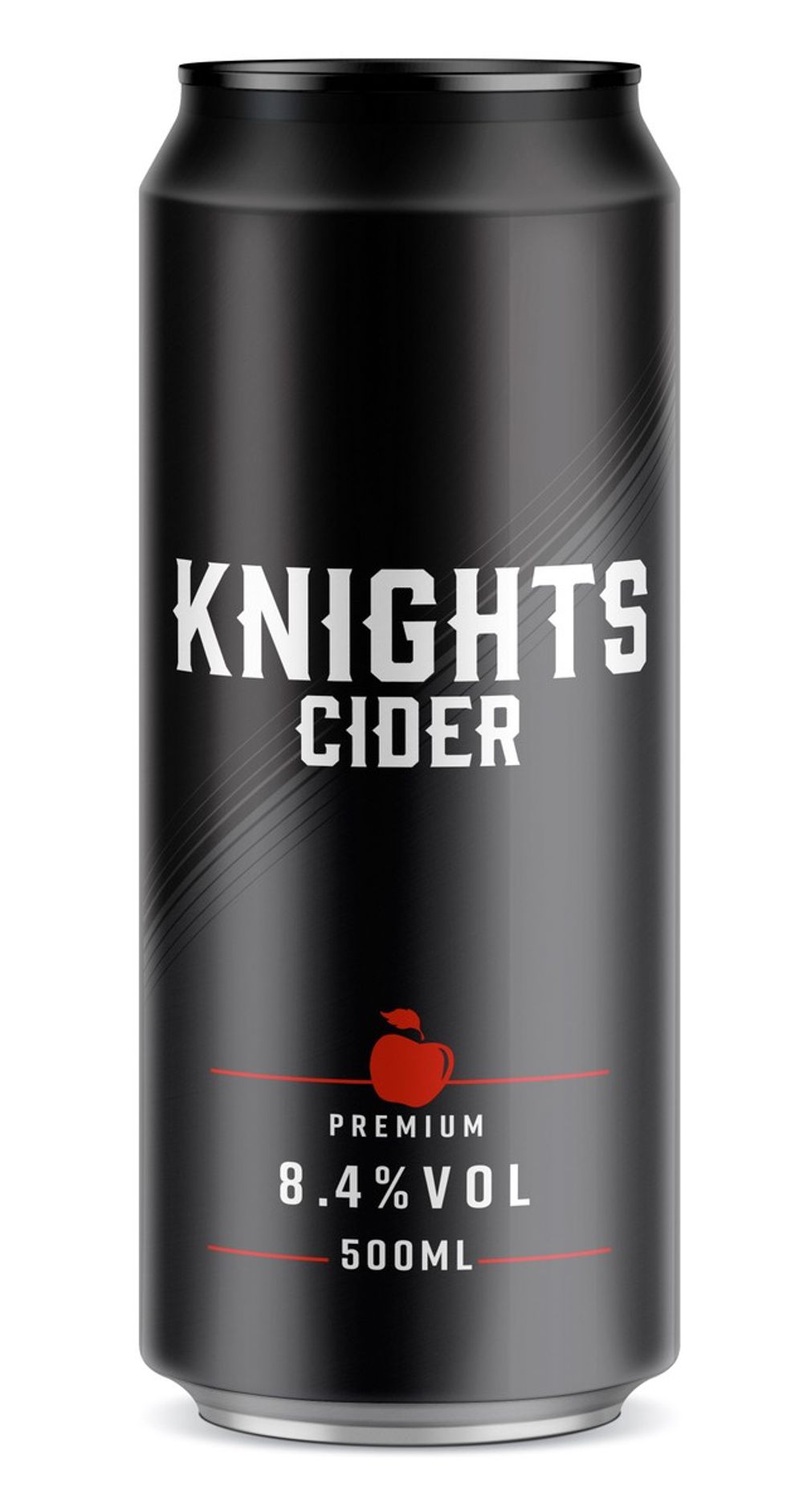
Stock management becomes particularly critical during peak trading periods. "It's important to remember that the biggest limitation to cider sales it out-of-stocks, so our top merchandising advice is to ensure shelves are stocked and readily replenished with bestselling products at all times, particularly ahead of periods of busy footfall weekends," emphasises Hinksman.
Promotional strategies can further amplify sales during summer. "Retailers can boost sales by creating multi-buy promotions, such as offering a discounted price when customers purchase three single cider cans," recommends Marshall. This approach works particularly well with the format preferences identified in consumer research.
Summer beer
As the mercury rises and Britons venture outdoors for barbecues, picnics and garden parties, the beer category transforms into a retail goldmine. For convenience retailers, understanding the seasonal dynamics of beer sales could be the difference between a profitable summer and a missed opportunity.
The numbers speak for themselves. During the crucial summer trading period of June, July and August last year, beer sales reached a staggering £1.7 billion [NielsenIQ]. Within the impulse channel specifically, beer sales hit £406 million, underlining the category's importance for convenience retailers.
Alexander Wilson of HEINEKEN UK explains the seasonal dynamic: "Beer and cider sales both jump during the summer months, as people prepare to organise days out or celebrations at home with their friends and family. HEINEKEN UK has an unrivalled beer and cider portfolio that reaches the widest range of shoppers, and during the summer period we see a spike in beer and cider sales across the board – from economy brands up to premium brands."
Weather remains the ultimate driver of performance. "Beer and cider sales increase when we see good weather, and there is a continuous value uplift between June and August across impulse, convenience and grocery stores," Wilson notes.
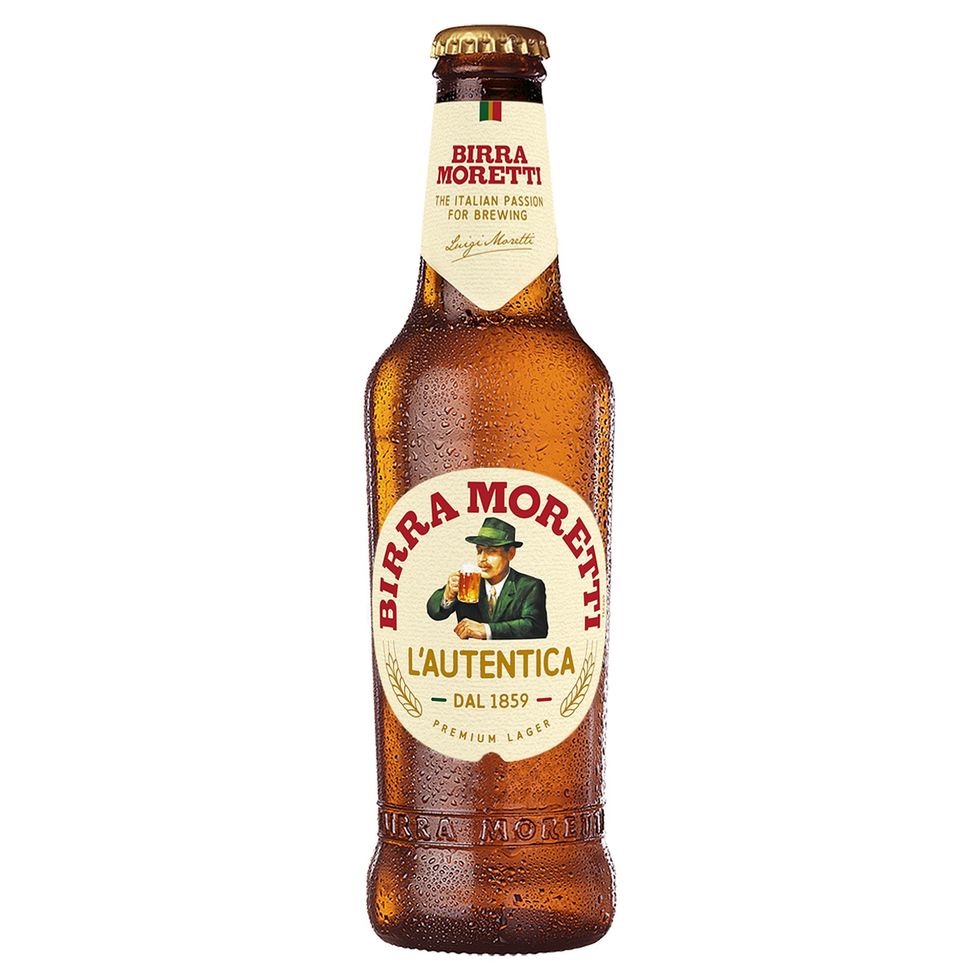
However, retailers must keep an eye on the weather. "Summer sales fluctuate depending on weather conditions. For example, we noticed an anomaly in July last year, resulting in value dropping due to the weather as the Met Office reported contrasting conditions in a cool and dull July. The first weeks of August 2024 during the sunniest spells, the value of beer and cider peaked – so we recommend that retailers pay close attention to weather forecasts and maximise sales opportunities by ensuring good availability of beer and cider stock ahead of sunnier periods."
Looking ahead, the market shows promising signs of continued growth. Jon Roberts, Interim CEO of Wrexham Lager Beer Co, points to encouraging data: "The UK lager market has historically demonstrated steady growth and continues this trajectory, with recent data projecting a compound annual growth rate (CAGR) of 2.6 per cent from 2025 to 2035. This sustained growth is largely driven by shifting consumer preferences toward light and refreshing alcoholic beverages, such as easy-drinking lagers, which are particularly popular during the summer months when temperatures rise and consumer demand for cold lagers typically increases."
Recent convenience-specific data reinforces this optimism. Roberts highlights that "convenience lager sales are up +2.3 per cent in the last 12 weeks and outperforming major multiples who are down -2.4 per cent". This presents a significant opportunity for independent retailers to capitalise on current trends.
Formats for summer sales
Understanding which formats resonate with summer shoppers is crucial for category success. The diversity of beer packaging offers retailers multiple routes to market, with different formats serving distinct consumption occasions.
"The beauty of the beer and cider category is the range of formats available," explains Wilson. "Small pack cans, mid pack cans and single glass bottles are popular options all year round and remain incredibly important during this period. In the summer months, small pack cans account for 30 per cent of total beer and cider sales, mid pack cans account for 21 per cent and single glass bottles account for 17 per cent".
The convenience factor cannot be overstated. Roberts emphasises that "canned alcoholic beverages offer the best convenience. The portability makes them ideal for outdoor events such as BBQs, picnics and festivals. Cans are also more durable, with them less prone to breakage like glass when taken on the move. They are also easy for casual and on the go drinking making them the go to choice for convenience."
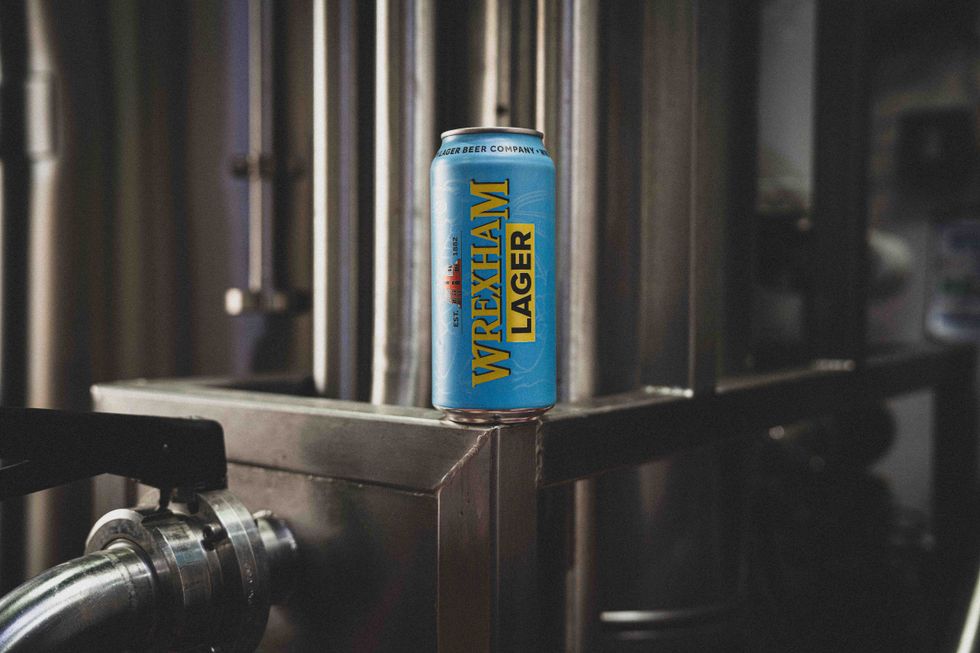
Mhairi Ross, of C&C Group, agrees: "Cans are also proving more popular than ever with higher value cost per serve and ability to transport easily, making them an appealing option particularly during the summer months."
For retailers building their summer range, Wilson recommends focusing on proven performers: "In the impulse channel, our bestselling SKUs include Cruzcampo in the 10x440ml format, Birra Moretti 12x330ml multipacks, and, of course, our flagship Heineken – in 4x568ml and 4x440ml can multipacks, and 650ml bottles."
For summer social occasions the BrewDog 330ml 8-can Mixed Packs can also be an important recruitment tool, helping to driving trial by including a selection of the craft brewer’s favourite beers in one pack.
“In fact, research shows that 42 per cent of first-time purchases come from multi-packs, with larger mixed formats significantly over indexing with first time buyers, and 42 per cent of Craft Beer shoppers repeat their category purchase, following their first trial,” explains Hannah Corker, Head of Customer Marketing at BrewDog PLC.
Craft, moderation, flavour innovation
The beer landscape is evolving rapidly, with several key trends shaping summer consumption patterns. The craft beer segment continues to demonstrate remarkable growth, with specific products driving category expansion.
Corker explains the craft opportunity: "Lager is worth 94 per cent of the category and is perfectly suited to the summer season with its refreshing, crisp taste. Craft beers, especially light IPAs can offer more complex flavours while refreshing, making them great for barbecues."
The numbers support craft's growing influence. "Punk IPA and Hazy Jane alone are worth 37 per cent of the category in impulse," Corker notes. However, the craft consumer seeks variety: "The craft consumer does enjoy NPD and the variety that craft beer has to offer. We therefore recommend rotating your range twice a year to reflect weather conditions and seasonality."
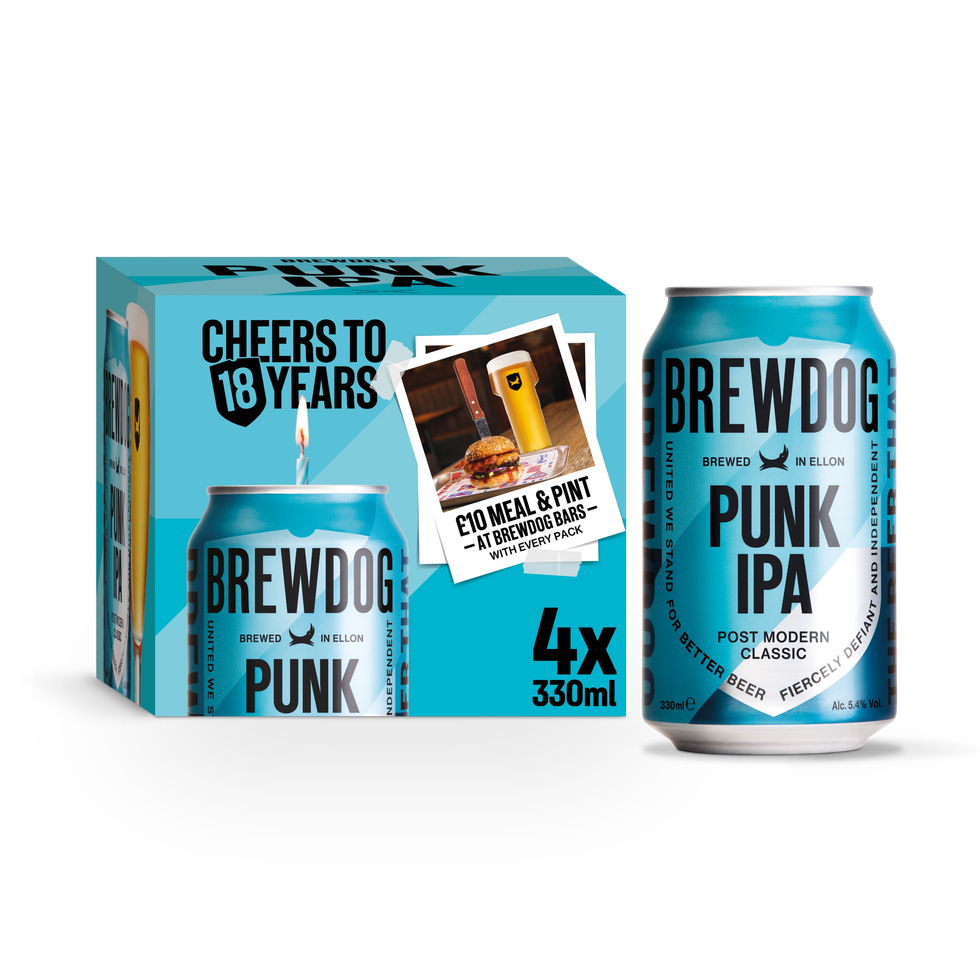
A significant trend is the rise of session beers. BrewDog's Wingman exemplifies this movement: "Since its nation-wide launch at the start of last year, Wingman (4.3 per cent ABV) has tapped into the growing session-IPA occasion and is now the fastest growing craft beer brand". Crucially, "61 per cent of shoppers going on to buy craft beer for the first time, following the first purchase of Wingman."
The moderation trend represents perhaps the most significant shift in consumer behaviour. Corker provides compelling statistics: "43 per cent are reducing the alcohol content of the drinks they consume, and this does not show signs of slowing. This has led to a generational shift, with almost 40 per cent of 18-25s not drinking alcohol at all vs 22 per cent in 2019".
The alcohol-free segment is responding accordingly. "Alcohol-free sales over the 12 weeks to 1 September grew +17.5 per cent in value," Corker reports. "As more sober-curious shoppers expand their search for alternatives into additional channels, this subsegment of beer is currently outperforming total beer in impulse."
Flavour innovation is another key trend. Roberts identifies "the rise of flavoured lagers, which are gaining strong shelf presence due to their appeal among younger adult consumers seeking refreshing options during the summer season."
Maximising summer’s impact
Strategic merchandising becomes crucial during the summer peak. Roberts advocates for "strategic positioning and product placement" during "warmer months, when spontaneous social occasions are more likely. Independents can take advantage of this by creating seasonal cross-merchandising opportunities i.e. placing popular alcoholic drinks like lagers or flavoured beers next to BBQ essentials such as burgers, buns, or sauces."
The convenience advantage is clear. "Unlike larger retailers, independents have the freedom to place complementary products closer together, making it easier for shoppers to quickly pick up everything they need for an impromptu gathering," Roberts explains.
Ross emphasises the importance of range curation: "Premium and world lager will always be an important part of any core range with consumers looking to trade up for a special occasion. Summer brings increased socialising and BBQs, so giving shoppers a good selection across price-points is important to meet demands and attract people to your store."
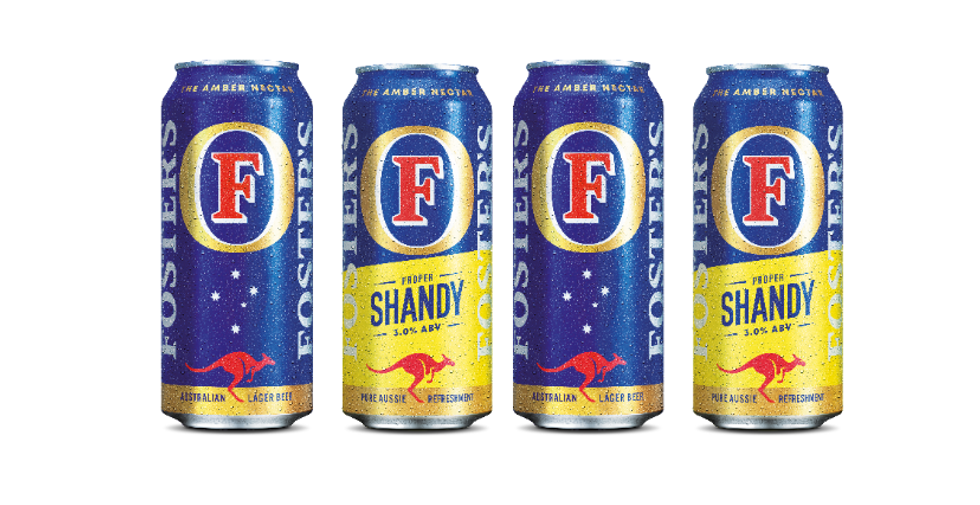
Price-marked packs present a significant opportunity. Corker reveals that "price marked packs are growing ahead of beer +28 per cent in value sales, vs just four per cent for total beer, and are now worth 27 per cent of total beer in the convenience channel, increasing to 52 per cent of the 4-pack category".
BrewDog unveiled its first price-marked pack this summer. Leading with BrewDog’s top-selling skus, Punk IPA and Hazy Jane, promotional 4 x 330ml-can multipacks will be priced at £6.99, rolling out throughout July, exclusive to wholesale and convenience customers.
“We’ve recognised the opportunity to help retailers drive ROS with a consistent price across our best-sellers, whilst also delivery value to the end consumer. With 88 per cent of total beer 4-packs sold at under £7, we think £6.99 is a compelling price for both stores and shoppers and hope it will encourage more retailers to pick it up in depot and ultimately more people to trying craft beer for the first time,” comments Jonny Leece, Head of Impulse at BrewDog.
The key to success lies in leveraging independent retailers' unique strengths. Roberts suggests that "independents can effectively compete with the multiples on summer drinks by staying flexible and responsive to seasonal trends, using their local customer knowledge to stock the right products, and making sure signage, both in windows and throughout the store, clearly highlights summer deals and must-haves."
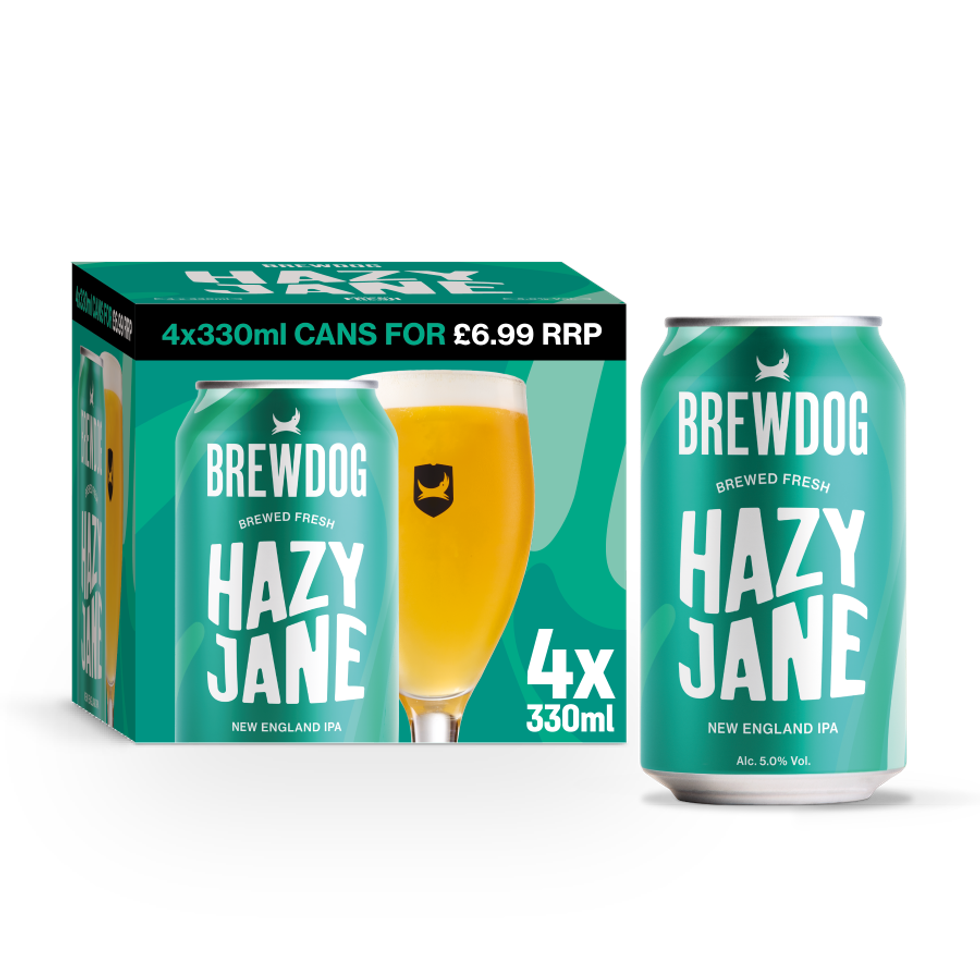
The agility factor is crucial. "Smart product placement and eye-catching displays can help drive impulse purchases and make it easy for customers to shop for seasonal occasions such as BBQs and garden parties. During hot weather, in-store promotions become especially important, as customers are more likely to make spontaneous purchases of cold drinks."
Roberts concludes with practical advice: "Independents can emphasise their curated selection of local, craft, or premium options that might not be found in the major multiples, tapping into consumers' growing interest in brands with history. Thoughtful in-store displays, limited-time promotions, and engaging signage that highlights ideal pairings or seasonal recommendations can all help to drive basket spend."
The beer category's summer performance hinges on understanding consumer behaviour, stocking appropriate formats, embracing emerging trends, and executing strategic merchandising. For convenience retailers willing to invest in this seasonal opportunity, the potential rewards are substantial. With the right approach, summer beer sales can provide a significant boost to annual performance, establishing a foundation for long-term category growth.
RTD cocktails and wine
The ready-to-drink (RTD) cocktail and wine categories are proving to be the standout performers for UK convenience retailers. With changing consumer preferences, nostalgic flavours, and the growing influence of social media, these categories offer significant opportunities for independents to capture impulse purchases and drive basket value.
The RTD alcohol category continues to demonstrate robust growth, with the market now valued at £539.1m and growing at +4.2 per cent year-on-year [IRI]. However, it's the cocktail segment that's truly leading the charge, according to Ashley Birch-Ruffell, Brand Marketing Director at FUNKIN COCKTAILS.
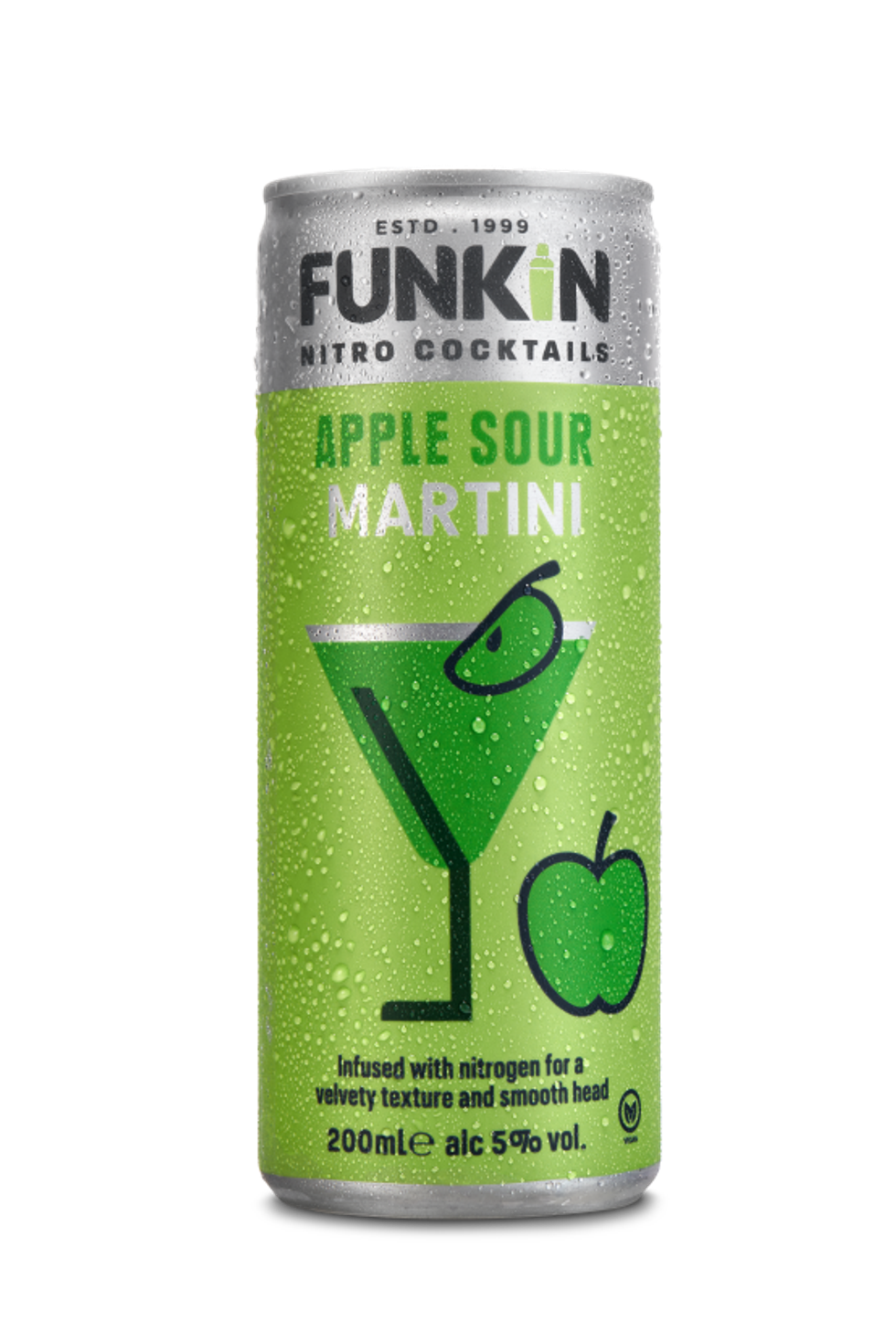
"The alcoholic RTD category is continuing to perform well, as consumers have become accustomed to the convenience of their favourite serve on the go over the last few years," explains Birch-Ruffell. "But it's RTD cocktails that are really leading the charge, up 14.3 per cent to be worth £168M compared to total RTDs, up 8.2 per cent YOY."
This growth reflects a fundamental shift in consumer behaviour, with shoppers increasingly valuing convenience without compromising on quality. "Since arriving on the market, shoppers have really warmed to being able to drink bar-quality drinks on the go or to enjoy at home without the need for fancy equipment or ingredients," Birch-Ruffell notes.
The category's expansion shows no signs of slowing, with FUNKIN COCKTAILS maintaining its position as the number one cocktail brand in the UK, worth £27M and up eight per cent year-on-year. "With more consumers entering the category every year, we don't see this growth slowing any time soon," Birch-Ruffell confirms.
Bold flavours and nostalgia
What's driving this growth isn't just convenience – it's the evolution of flavour profiles that resonate with younger consumers. Clark Mcilroy, Managing Director at Red Star Brands Ltd, explains that "younger shoppers are increasingly drawn to bold, high-impact flavours and formats that complement their social lifestyles."
This trend is exemplified by Four Loko's remarkable performance, with the brand now valued at £23.1m, marking a 32.1 per cent increase year-on-year. The brand's success stems from its appeal to Gen Z and millennial consumers seeking "convenient, flavourful alcoholic beverages that suit social occasions, festivals, and BBQs."
The influence of nostalgia is particularly pronounced in the cocktail segment. "As well as classic flavours, inspired by the best cocktail bars – think Passionfruit Martinis, Margaritas – we're seeing a growing trend for nostalgic flavours, especially amongst Gen Z," reveals Birch-Ruffell. "Our Blue Raspberry Martini taps into nostalgic flavours, while our recently launched Apple Sour Martini will bring back memories of 2024's Brat Summer, as well as appealing to those looking for the hottest flavour, as apple has increased in popularity, up 34 per cent over the last years."
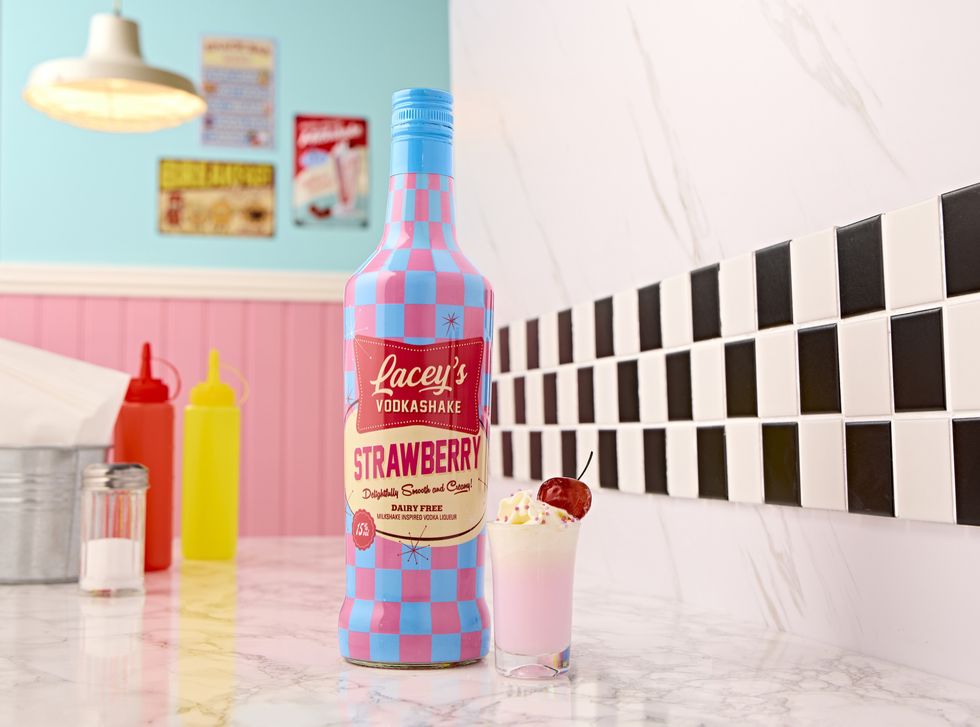
The category's evolution extends beyond traditional cocktail profiles, with creamy cocktails emerging as a year-round trend. Amy Giacobbi, Marketing Manager at Continental Wine & Food, explains: "Creamy cocktails are shrugging off their traditional festive associations and becoming an all-year-round drink of choice, with ice cream cocktails, hard milkshakes and chilled shots now on trend with drinkers looking for sweeter alternatives to traditional serves – especially in the summer months."
The influence of social media cannot be understated in driving these trends. "Recent research has also found that Gen Z drinkers like cocktails that have Instagram-appeal, so anything that lends itself to making picture perfect serves for the 'Gram is a good addition to chillers for the summer," Giacobbi notes.
This has led to innovations such as Continental Wine and Food's Vodkashake liqueurs, which have been specifically designed with social media in mind. "The Vodkashakes have been created to be used in a variety of serves, but the two easiest to prep and most Instagram-friendly cocktails are hard milkshakes – simply add shots of the Vodkashakes to ice cream, milk and blend – top with squirty cream and sprinkles for instant social media appeal," Giacobbi explains.
Wine: summer premiums
While RTD cocktails dominate convenience impulse purchases, the wine category is carving out its own summer success story, particularly in the premium segment. Sara Moore, Account Manager for Faustino at Amber Beverage, highlights the continued strength of rosé: "Rosé continues to reign as a summer favourite, with YTD growth up by 8.6 per cent, especially Spanish rosé, which has seen a 6.4 per cent uplift in the last four weeks."
The growth in wine isn't just about rosé, however. "While rosé dominates warmer months, premium reds continue to play a vital role in summer drinking occasions," Moore explains. "Consumers are increasingly seeking sophisticated, full-bodied wines like Faustino Gran Reserva to complement grilled meats and elevated summer meals."
This trend reflects the evolution of summer entertaining, with "at-home drinking occasions continue to surge, particularly during the warmer months when casual entertaining increases." The result is consumers seeking "wines that feel elevated but approachable and pair seamlessly with food."
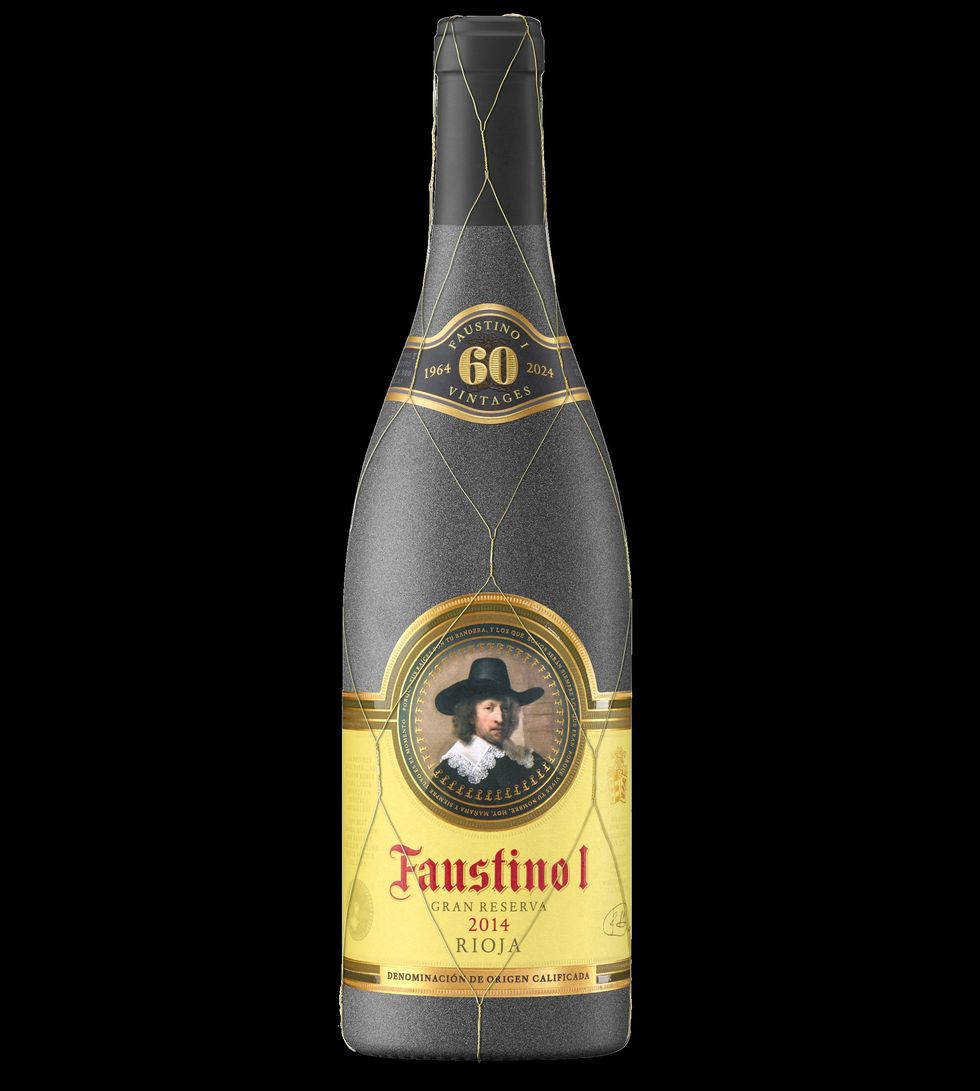
To support confident purchasing, Faustino includes food pairing suggestions directly on its labels, helping shoppers find the right wine for their summer meals and boosting basket spend in-store.
For independent retailers, the key to success in these categories in the summer drinks season lies in strategic merchandising and stock management. "Most people buying RTD cocktails will be planning on enjoying their drink not long after purchase, so chillers are your best route to maximum sales," advises Birch-Ruffell. "Stock bestsellers – especially those in bright and eye-catching cans like the FUNKIN range – at eye level to draw attention and encourage trial."
Mcilroy reinforces this approach: "Position RTDs in high-traffic chillers, especially near BBQ or impulse summer lines. Use bold POS materials, price flashes, and multi-buy promotions to drive rate of sale."
The importance of local knowledge cannot be overstated. "Independent retailers also have the added benefit of being part of their local communities – make sure you're aware of local events, like festivals or outdoor screenings, and adjust your range as needed in store to make the most of passing trade," Birch-Ruffell suggests.
Get into the summer spirit
From the continuing spritz revolution to the emerging no-and-low alcohol segment, spirits are offering sophisticated experiences that cater to evolving consumer preferences while maintaining strong profit margins for independent retailers.
The spritz remains the undisputed king of summer cocktails, but 2025 is witnessing a significant evolution in consumer preferences. Ella Christie-McCord, Brand Manager at Edinburgh Gin, explains: "Spritzes remain a favourite for summer refreshment with consumers eager for lighter, refreshing drinks they can make themselves. The simple 3-2-1 serve means shoppers can easily create bar-quality cocktails at home without fuss."
However, the landscape is shifting beyond the traditional offerings. "While the Aperol Spritz has long reigned supreme, more are turning to something lighter, greener, and fresher, the Hugo Spritz," Christie-McCord notes. "This botanical serve is surging in popularity, with searches up 172 per cent on Google Trends."
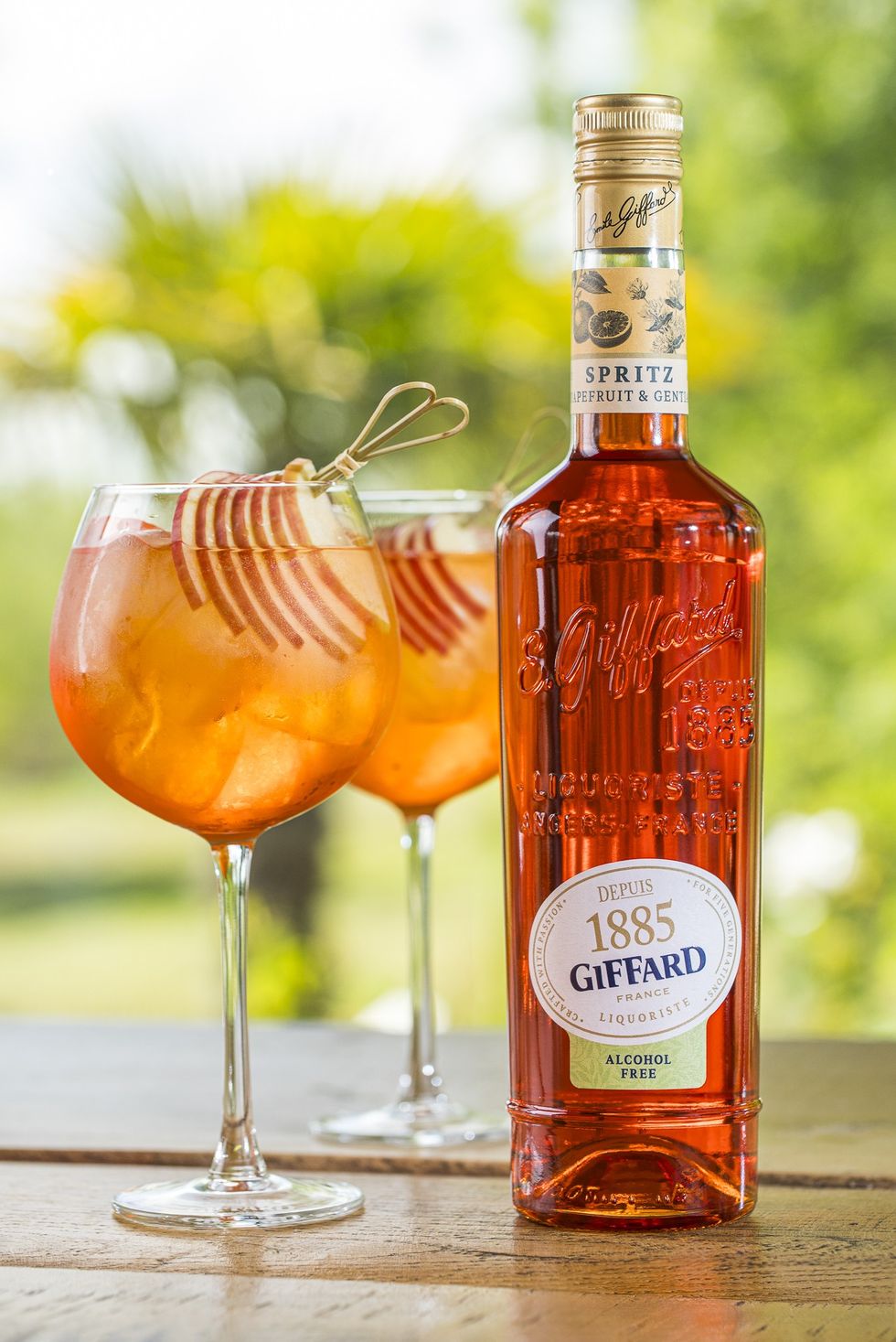
Nick Gillett, Managing Director at Mangrove Global, reinforces this trend: "Speaking of Spritzes – it's still atop the cocktail list – as it has been for a good few years now. But Spritz in 2025 looks a bit different from the bright orange varieties that peaked in 2023. Adventurous drinkers are creating spritzes from many different base spirits which adds sparkle to the British summer, so be sure to stock some premium spirits for Spritzes."
This evolution presents significant opportunities for retailers to differentiate their offerings. "The Hugo Spritz and all its elderflower goodness is popular across Europe and promises to be another favourite this year," explains Gillett. "In the Mangrove portfolio, Limoncello DI CAPRI has also become a top liqueur for spritz creation, as has the entire range of Dolin Vermouths. Dolin Chambery Rouge – in all its strawberry goodness – makes for a delicious variety."
No-and-low revolution
Perhaps the most significant trend reshaping the spirits category is the explosive growth of no-and-low alcohol alternatives. The IWSR reports that as a category, no and low is set to outperform the total beverage alcohol market in the next five years, with forecast volume CAGR of +19 per cent projected up to 2028.
This growth is being driven by fundamental shifts in consumer behaviour. "Nearly a third of Gen Z are choosing to abstain from alcohol or reduce their intake, creating a strong market for premium, lower-ABV products that don't compromise on flavour or quality," explains Christie-McCord. "Brits aged 35-49 are also drinking less frequently and cutting back on alcohol".
The implications for retailers are substantial. "Whether consumers are practicing sobriety or moderation – everyone wants the same sense of occasion from low alcohol drinks," notes Gillett. "Crafting a bespoke offering for those looking for low-alcohol varieties is a great way to properly cater to this growing demographic of customer. The growth of the mocktail allows independent retailers to stock some interesting alcohol-free liqueurs which offer something different to carbonated drinks."
Premium positioning remains crucial in this segment. "Convenience retailers can capitalise by stocking accessible, flavourful choices that appeal to mindful drinkers seeking sophisticated summer serves," advises Christie-McCord.
Premiumising spirits
The spirits category is witnessing unprecedented consumer sophistication, with drinkers increasingly willing to explore sub-categories and premium expressions. "All of us in the drinks industry understand now just how beloved tequila and rum are by British drinkers. But today's consumer is an informed one, and this is leading to a deeper dive into categories, discovering other sub-categories within each genre," explains Gillett.
This trend is exemplified by the rise of mezcal. "A great example of this is Mezcal – an Agave spirit that offers a similar, but more complex drinking experience to tequila," Gillett notes. "The traditional way to enjoy it is to sip it (not shot it) with a slice of orange – but it also adds an extra special punch to palomas, margaritas, and even old-fashioneds. Ojo de Tigre is an exceptional introduction to the subcategory."
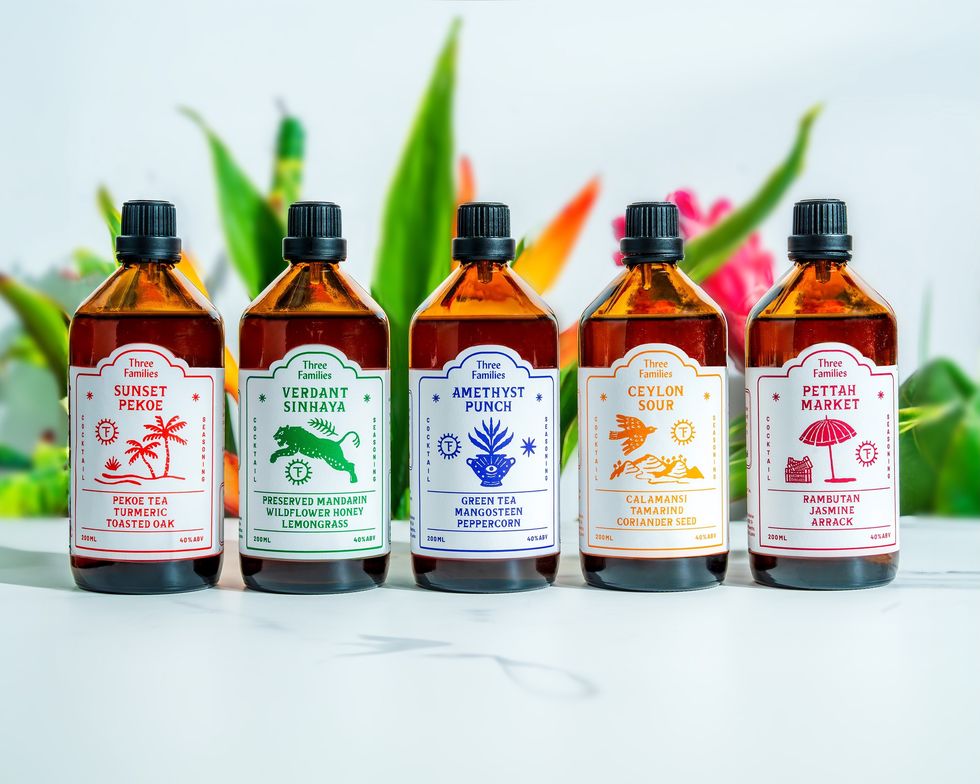
Similarly, rum is experiencing premiumisation through exploration of traditional production methods. "Another delicious example is Rhum Agricole. A subcategory that's made from pressed sugarcane juice as opposed to molasses, these spirits are fresh, grassy, and full of terroir," Gillett explains. "Rhum Clément and Rhum J.M. are two stellar Caribbean examples that taste fantastic in Margarita-style serves or summer spritzes for the bold and explorative rum lover."
The opportunity for retailers is clear. "Retailers who do exceptionally well in the trade of Tequila or quality Rum, might want to consider stocking a few varieties of each. It will absolutely cater to your more adventurous consumer – and win you kudos in the eyes of your customers too," advises Gillett.
Tropical flavours
Exotic flavour profiles continue to resonate strongly with summer consumers, though the category is expanding beyond traditional offerings. "Exotic, fruity flavours always do well in summer – and 2025 is set to be no different. As well as Mango, Pineapple, and Passion Fruit, purveyors of excellent drinks are also branching into Lychee, Dragon Fruit, and Guava in pursuit of fresh approaches to this trend as additions to delicious cocktails," explains Gillett.
This trend is driving innovation in complementary products. "If mixing, take a look at Three Families cocktail seasonings, launched this summer. Inspired by different landscapes and scenes in Sri Lanka, these complex mixes add a sophisticated tropical taste to cocktails - or even longer simple serves."
The tropical theme pairs naturally with premium rum offerings. "Tropical flavours are also the perfect partner for Rum. And given that Mangrove's home to the exceptional SPIRIBAM portfolio of Caribbean rums, they have plenty of great choices. Top of the list are Saint Lucia's Chairman's Reserve and Bounty ranges; well-priced, exceptional quality, with all the provenance and craftsmanship that comes from the Caribbean's numerous distilleries."
RTD Spirits
The ready-to-drink segment continues to drive category growth, with spirits-based RTDs leading the charge. "For the third successive year, category growth has been driven by cocktail RTDs (+18 per cent)", notes Christie-McCord.
The appeal lies in combining convenience with quality. "Edinburgh Gin recently launched the Raspberry Collins, its first two per cent ABV RTD. This sleek 250ml format is only 50kcal per can and blends its award-winning Raspberry Liqueur with soda and a fresh twist of lemon. Perfect for summer outings from garden parties to travel it offers convenience and flavour that fit modern lifestyles."
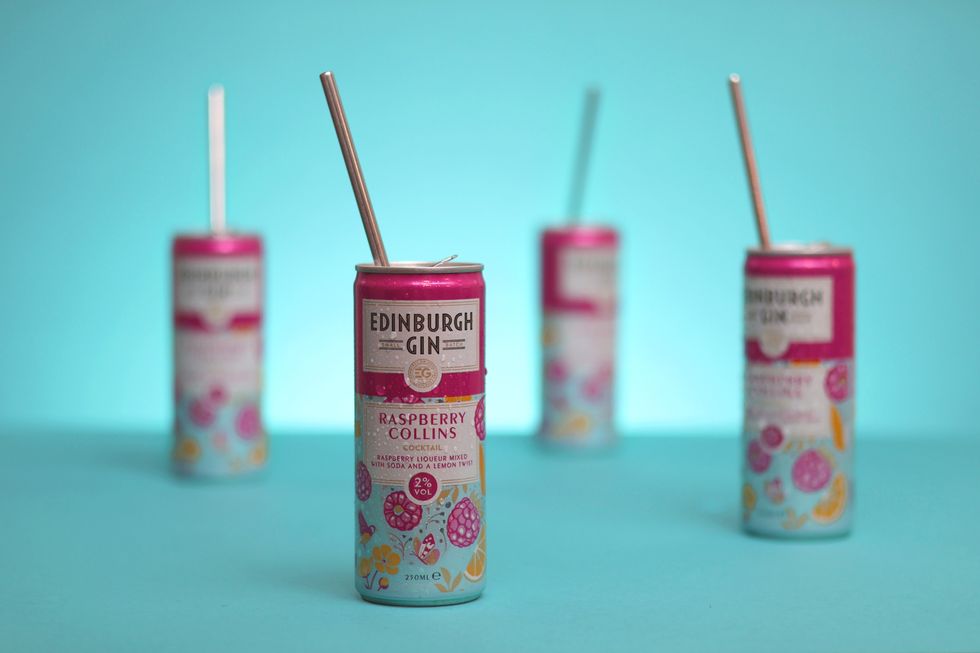
The RTD category continues to be one of the best performing alcohol categories within the UK off trade making it a key item to stock on the shelves. Sales value for the category has grown by +10.9 per cent YoY with key spikes in sales over the summer and Christmas period.
Within this growth, gin is establishing itself as a key player. "Gin remains the second most important category within RTDs accounting for 19.2 per cent of total RTD value in the UK and delivering over £126m in sales value for the category".
The spirits category's diversity offers multiple routes to market success. Gillett summarises the opportunity: "We are spoiled for choice for summer drinking here in the UK -- and even better, brands are innovating to offer that same level of choice to those practicing sobriety or moderation. Whether a customer chooses a liqueur for a Spritz, or a spirit for a home cocktail, they're all looking to explore, discover new drinks that they love, or even just try out a twist on an old favourite. Independents need to cater to that curiosity -- and thoroughly use it to their advantage, too!"
Energy driving growth
The energy drinks category is experiencing unprecedented growth, significantly outpacing the wider soft drinks market as UK consumers increasingly seek functional benefits alongside refreshment. This summer surge is being driven by flavoured innovation that's broadening the category's appeal beyond traditional demographics.
According to a Red Bull spokesperson, the energy drinks category is now attracting shoppers at remarkable speed, with functional energy "recruiting shoppers at a higher rate than any other Soft Drink category in the last four years, and is now bought by 17 million shoppers (+27 per cent vs 2021)".
As temperatures rise, flavoured energy drinks are becoming increasingly relevant for convenience retailers. The Red Bull spokesperson emphasises that "innovation has been vital to the success of Energy Drinks growth this year, with particular engagement around new flavours, which has helped broaden the category's appeal to new groups of shoppers, where taste was previously a barrier."
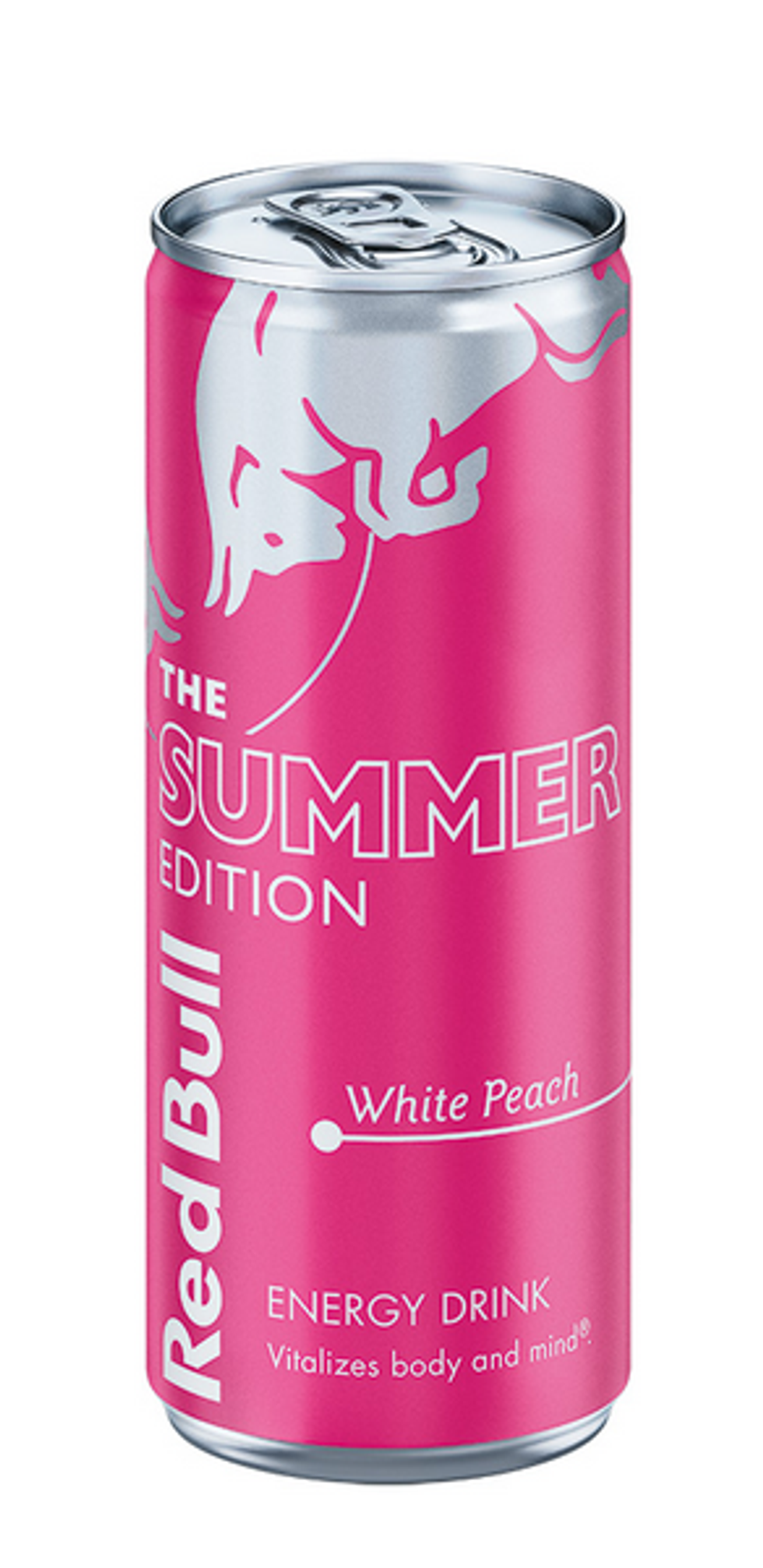
The appetite for flavoured functional energy is substantial, now catering to 12 million shoppers. Red Bull Editions are capitalising on this demand, with 18 per cent of Red Bull Edition NPD shoppers being new to functional energy last year. The range now attracts three million shoppers and is successfully recruiting younger consumers, with 30 per cent under the age of 25.
This strategy is paying dividends, with Red Bull Editions sales growing 35 per cent on last year. The spokesperson notes that "newness and variety are key, in flavour innovation, with 86 per cent of energy drinkers open to experimenting with flavours".
Red Bull's latest Summer Edition White Peach continues the brand's flavour innovation strategy. The spokesperson notes that "each Red Bull Summer Edition helping to add significant growth to the overall Red Bull Editions portfolio". The new variant has received positive consumer feedback, with the flavour described as "refreshing," "premium," "tasty" and "unique."
For convenience retailers, the energy category represents a significant opportunity. Sports and Energy accounts for 38 per cent of single-serve soft drink value sales, making adequate fixture space essential. Red Bull Energy Drink 250ml has achieved remarkable market penetration, becoming "the number one Packaged Food & Drink product by units sold" in the UK.
Wider category trends
The functional drinks trend extends beyond energy, with sparkling vitamin water brand Activit unveiling a rebrand to capitalise on growing demand for health-conscious alternatives.
“The functional drinks category continues to develop at pace, with more consumers than ever seeking healthier swaps and added functional benefits, without sacrificing taste or enjoyment,” says Barnaby Hughes, Chief Marketing Officer at Actiph. “We’ve always had a great product with Activit, and with this revitalised new look and feel, we’re now ideally placed to capitalise on this growing trend and lead the category with a brand & product that appeals to both consumers heads and their hearts.”
The rebrand is expected to further accelerate performance across both in-store and online channels, with Activit already seeing a 68 per cent increase in unit sales vs last year.
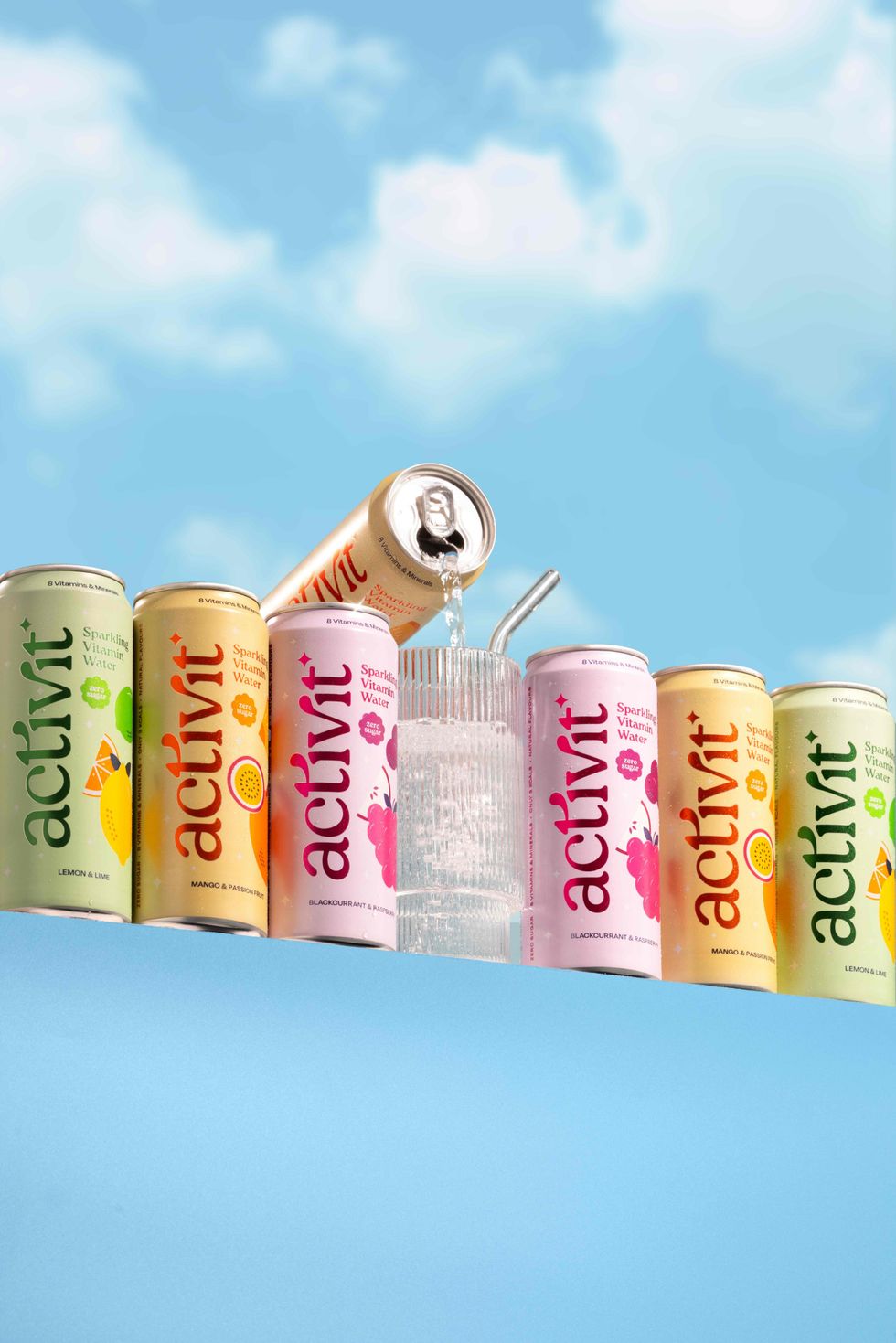
Meanwhile, Mars Drinks & Treats (MD&T) is driving flavoured milk growth, with sales up 13.6 per cent to £771 million, and convenience stores accounting for £342.3 million. Chocolate flavoured milk is outperforming the market, with sales up 16.9 per cent worth £155 million and over 111 million drinks sold annually.
Mars Drinks & Treats is a key contributor, with its milk drinks range up 48 per cent to £24.6 million – £19.3 million of that from the convenience channel.
Kerry Cavanaugh, general manager at MD&T, notes that Mars Chocolate Milk is "giving shoppers a tasty, chilled drink option with 30 per cent less sugar per serving than leading full-sugar sodas."
Notably, Mars Milk Drink cans outsell the leading full-sugar sodas three to one when stocked side-by-side, reflecting a growing consumer shift toward flavoured milk as a more balanced drink option.
Innovation continues with the launch of a new Maltesers milk drink cans, joining Mars, Milky Way and Galaxy in MD&T’s fully recyclable range.
Cheers!
The summer drinks occasion presents a complex but ultimately rewarding opportunity for convenience retailers. Success requires understanding the interplay between seasonal demand, changing consumer preferences, and the unique advantages of the convenience format. By focusing on chilled availability, strategic ranging across price points, and effective merchandising, retailers can capitalise on the summer appeal whilst building long-term category value.
As consumers seek refreshing, sociable, and accessible options for their summer occasions, brands that combine quality, innovation, and value positioning will drive category growth. For retailers willing to invest in proper chilling, strategic ranging, and effective merchandising, the summer drinks categories offer significant opportunities to enhance both footfall and profitability during the crucial trading period.

